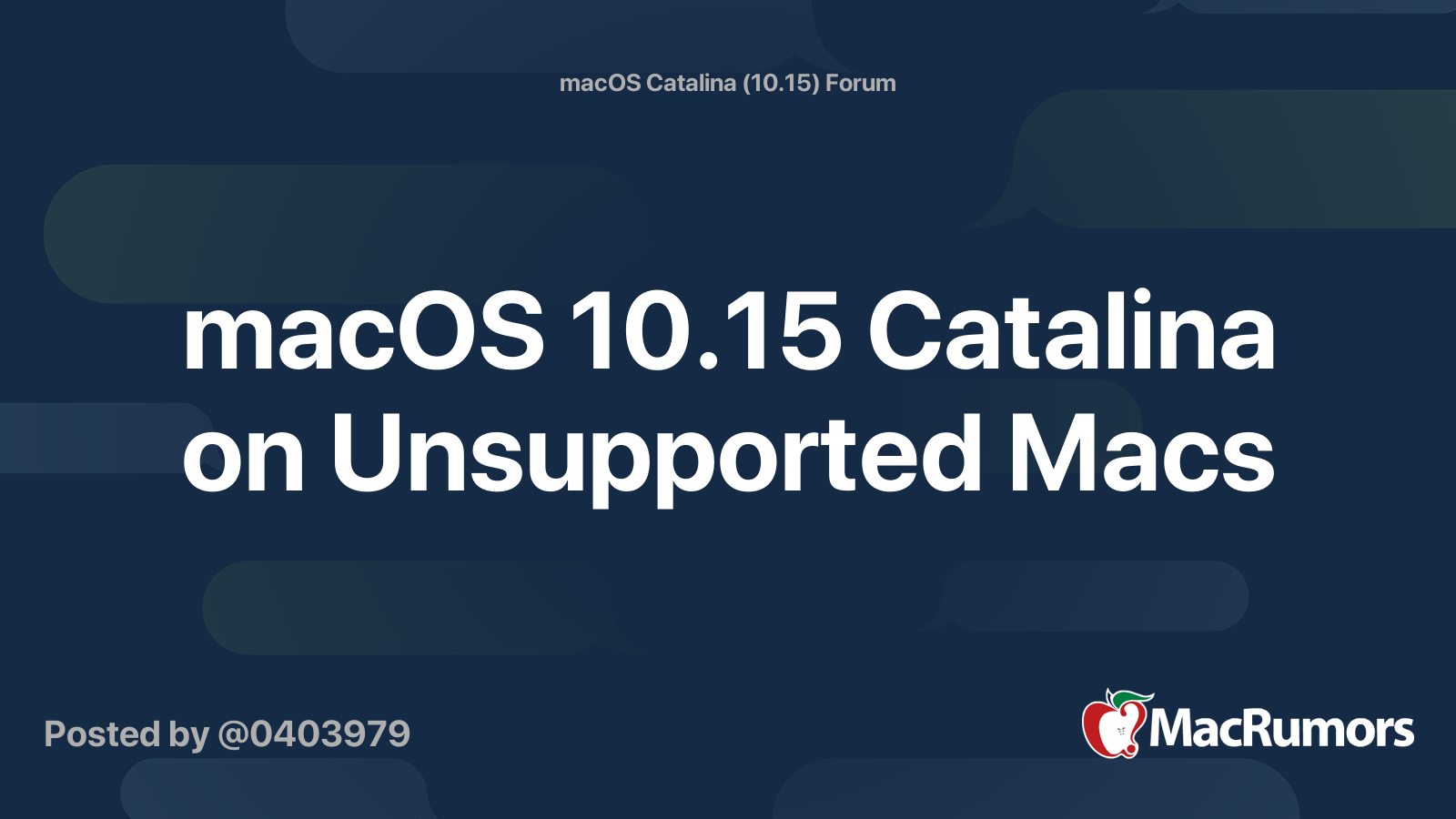Edit: added VMM flag spoofing to differentiate from Catalina supported Mac spoofing, since we don’t know yet if it’s safe. With what I saw up to now, unfortunately I’m inclined to say that it’s not safe, since OpenCore or drivers write binary blobs to the private part of the MP5,1 NVRAM where we can’t erase.
Would love to see examples of these binary blobs and impacted nvram areas under basic use of OpenCore, ie. VMM flag to boot/update Catalina, as I could not find any differences in my binwalk dumps (I know, binwalk isn't the right tool).


